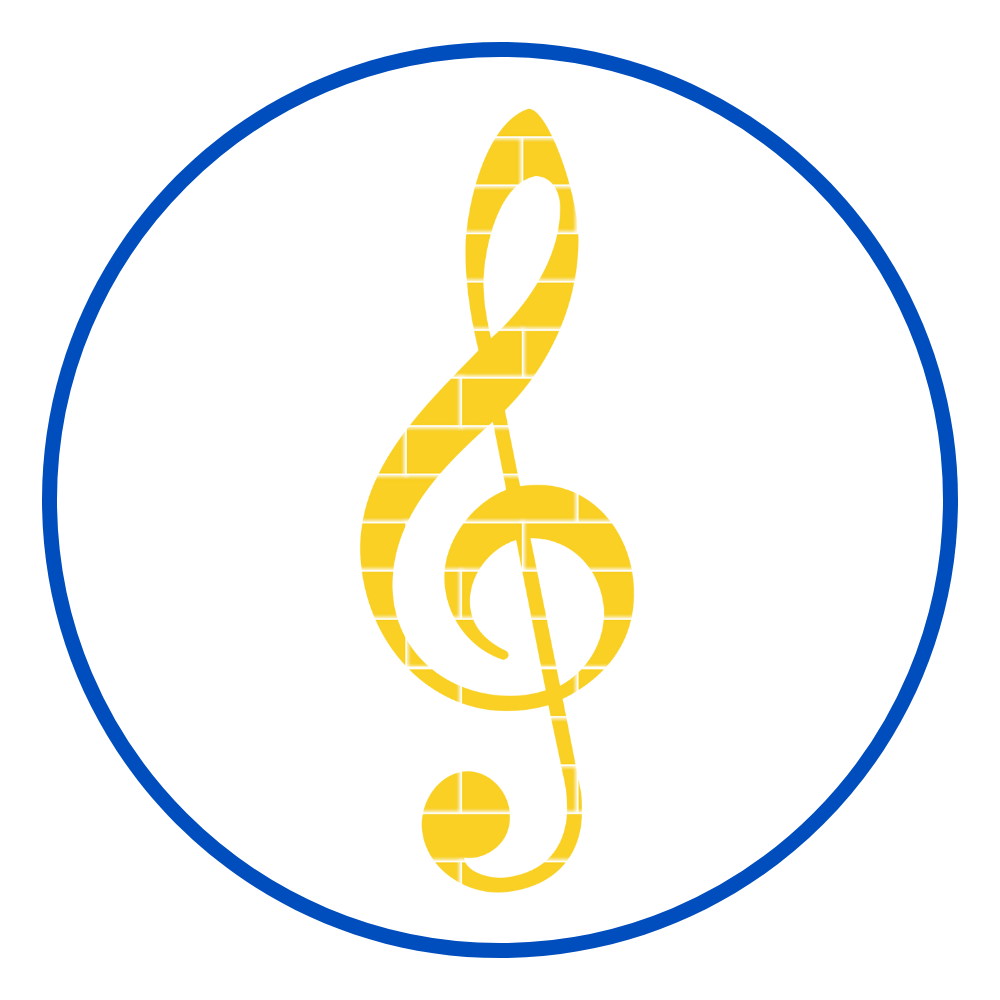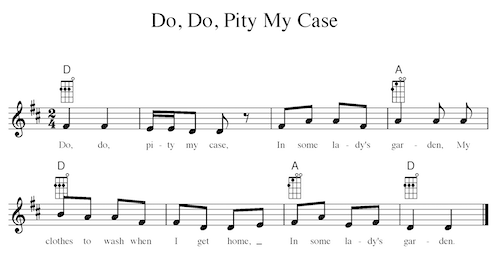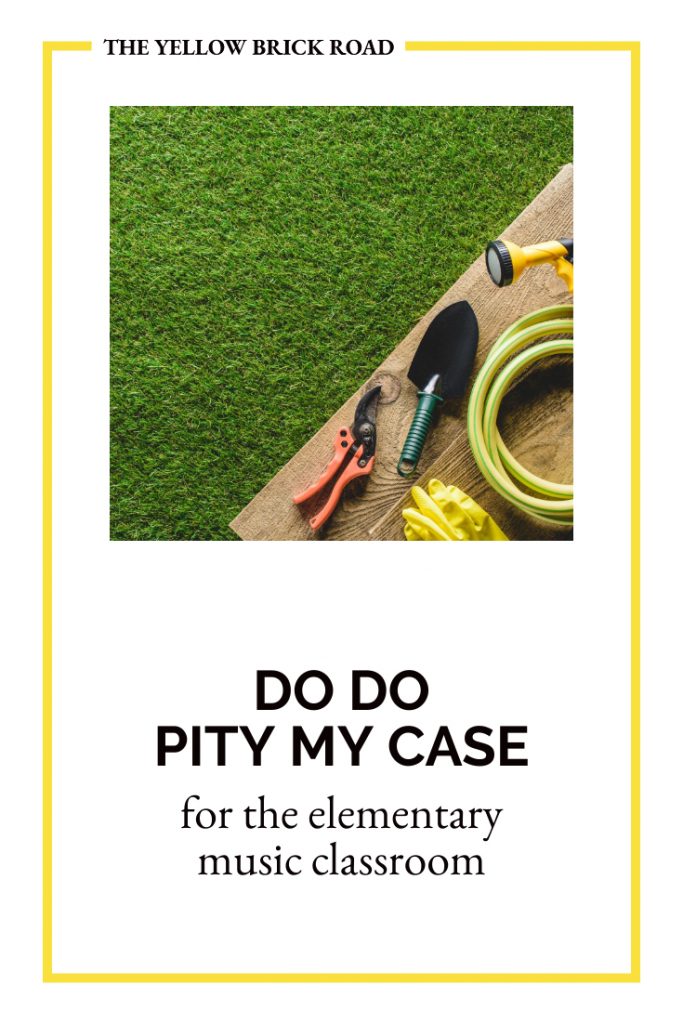Do Do Pity My Case and The Closet Key are two versions of the same song. And thanks to the way our brains work, I’ve always preferred The Closet Key, because I heard it first. In fact, having a deep attachment to music from your teens and twenties can be explained with neuroscience. It’s probably why I cringe when I hear a remake of a beloved song from my teens. Neuroscience aside, I thought it best that I explore Do Do Pity My Case to see what other options it offers for music study.
CIRCLE GAME
- Students stand in a circle with their hands behind their backs.
- One person (it) stands in the middle.
- It closes their eyes while the teacher places a key in the hands of one of the students in the circle.
- It opens their eyes, and the students sing the song as they pass the key around the circle.
- When the song is over, It tries to guess who has the key.
- If they guess correctly, the person with the key becomes It, and the game begins again.
- If they guess incorrectly, they remain in the middle and the game begins again.
There were times the sneak-level of the students reached expert level. Even I couldn’t guess the true location of the key. Those times were the best!
Modifications: Some students struggle keeping their hands behind their back. In this case, you might have them sit on the floor instead, with their knees bent and their feet flat on the floor. This position may be more comfortable depending on your classroom. It also prevents students from being annoyed with the person who accidentally (and loudly) drops the key on hard floors. Want to add to the fun? Put yourself in the middle and marvel at your students’ abilities to be sneaky. It’ll make you wonder what else they’ve been hiding 😜
PLAYING WITH INSTRUMENTS
Unlike The Closet Key, Do Do Pity My Case is based on the do pentatonic scale. If playing it on the ukulele, you only need two chords; D and A.
You can play it on Orff instruments using simple borduns on D and A.
Take it a step further and teach these same borduns on a piano. While you may not be able to give this experience to all your students, you could break them into groups, with a smaller group at your piano. Once they see the pattern of black keys, (2,3,2,3,etc.) you can direct them to D, which is always the white key found between a set of two black keys. If they place their thumb on D, then consecutively place each finger on a white key, they’ll reach A with their pinky. Students who need more of a challenge can try a simple bordun on A.



